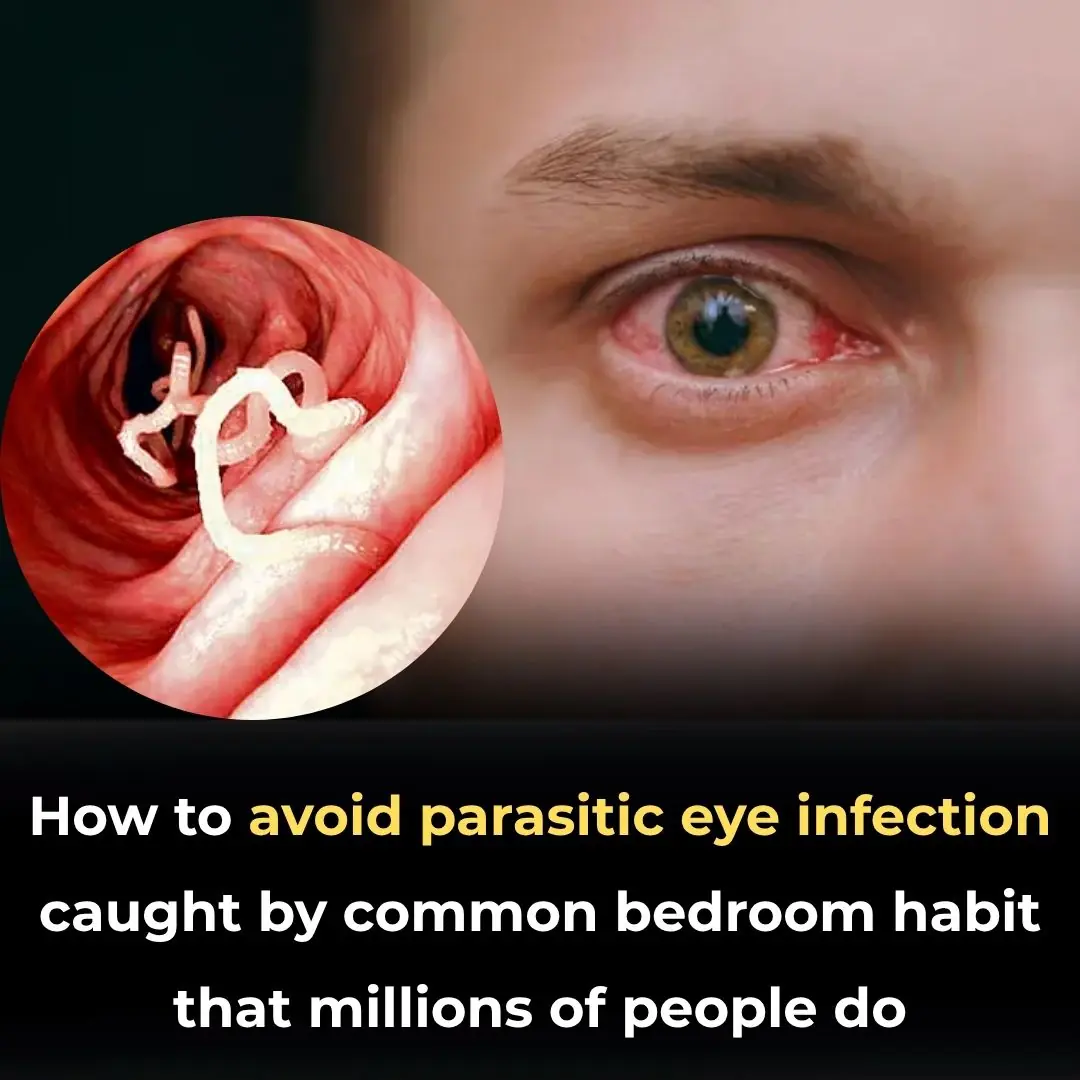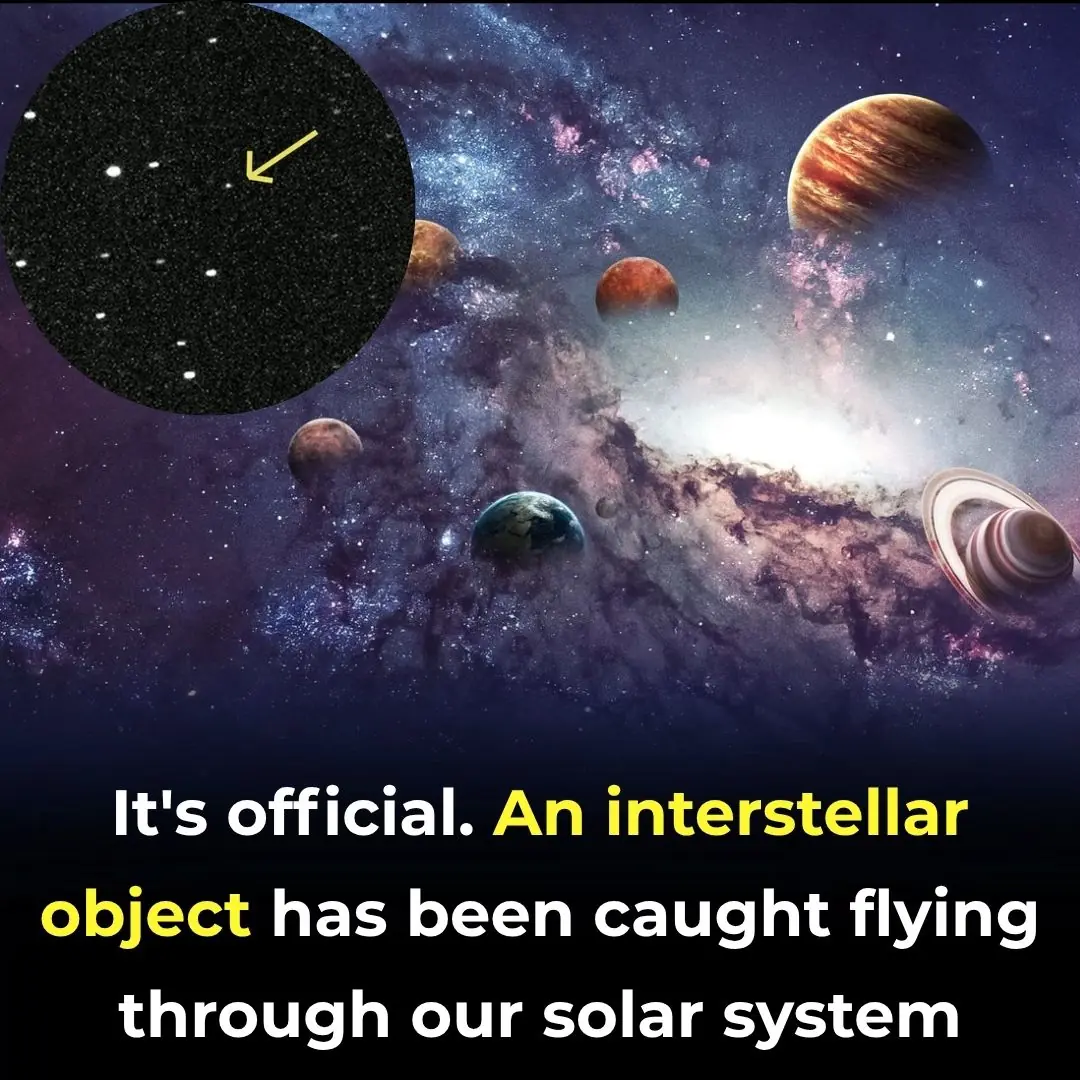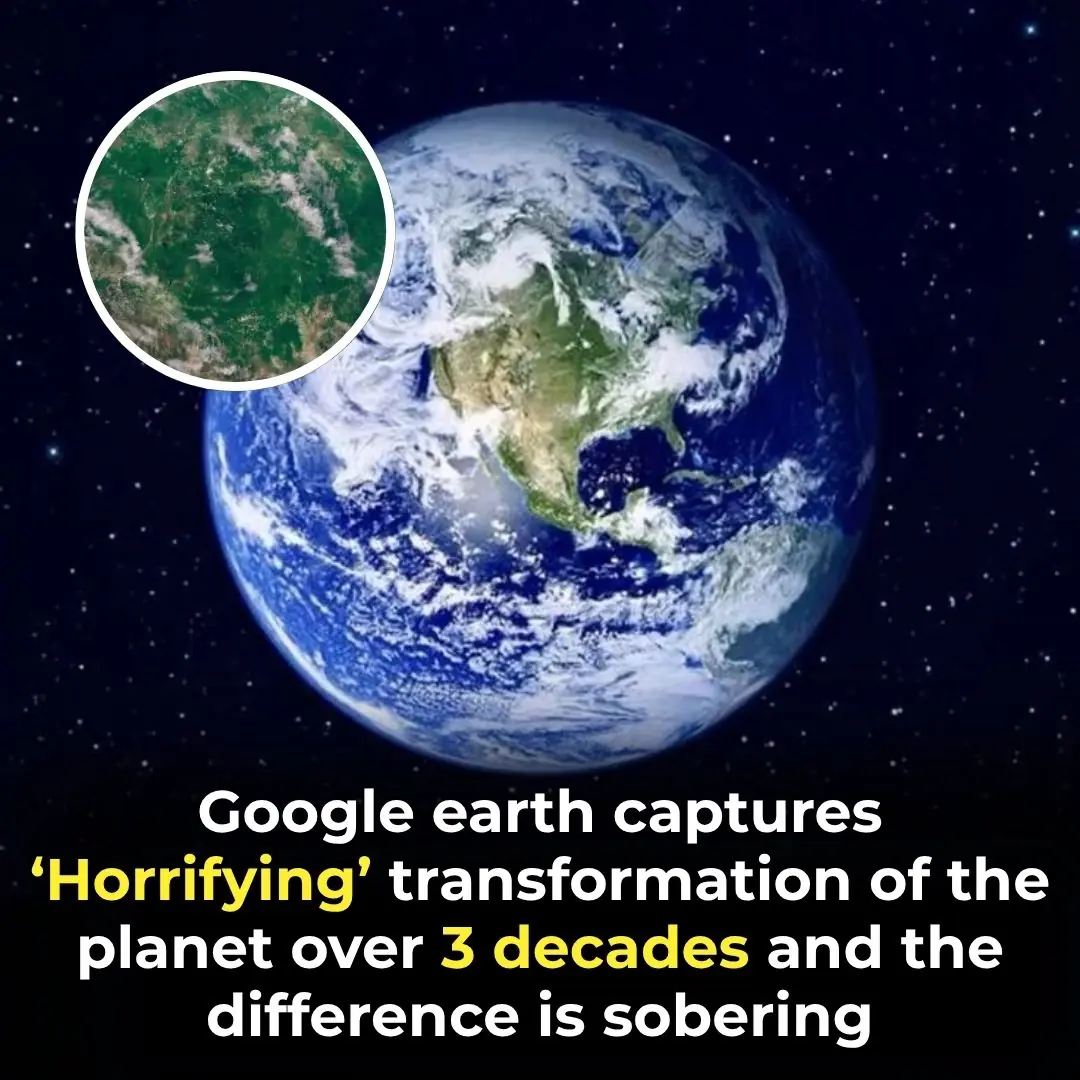
World’s Smallest Otter Species Rediscovered In Nepal After 185 Years
What happened next would rewrite conservation history and answer a mystery that had puzzled scientists for nearly two centuries. Sometimes the most extraordinary discoveries happen when we least expect them, hidden in plain sight along rivers where people wash clothes, mine gravel, and cast fishing nets every single day.
For 185 years, researchers had wondered whether a particular species still existed in Nepal or had vanished forever from the Himalayan nation. Now, thanks to careful documentation and expert analysis of photographs, that question finally has an answer—one that has thrilled conservationists and sparked urgent calls for protection of an ecosystem many thought had lost one of its most important inhabitants.
When forestry officials in Dadeldhura District discovered the small, injured animal at the confluence of two rivers, they had no idea they were about to make conservation history. Following their training protocols, they carefully transported the creature to their office and began nursing it back to health.
Rajeev Chaudhary, leading the forest office team, documented the animal’s care with photographs and videos, with the intention of sharing them with wildlife experts for proper species identification. Local communities referred to the creature as “saano owt,” but official classification required scientific verification.
During the week-long rehabilitation period, the animal displayed behaviors and physical characteristics that would later prove decisive in its identification. Small webbed paws, distinctive facial features, and specific body proportions, all captured in detailed imagery, would soon be recognized by international wildlife experts.
After successfully nursing the juvenile back to health, officials released it into the wild, unaware that their careful documentation had recorded evidence of one of the most significant wildlife rediscoveries in recent Nepalese history.
Last seen when Queen Victoria ruled Britain
“After years of speculation about its presence in Nepal, we can finally confirm that the small-clawed otter lives on in the country,” announced Mohan Bikram Shrestha, lead author of research confirming the species’ return.
Asian small-clawed otters had vanished from scientific records in Nepal since 1839, during an era when natural history documentation relied on limited exploration and basic collection methods. For 185 years, only occasional, unconfirmed reports emerged from remote areas, such as Makalu Barun National Park and western districts, including Kailali and Kapilvastu.
Without concrete evidence for such an extended period, many researchers began to suspect that the species had become extinct in Nepal. Some even suggested removing it from the country’s official list of otter species, though cautious optimism prevented such drastic action.
During this absence, Nepal’s wildlife conservation efforts focused on species with confirmed populations, leaving the small-clawed otter’s status as one of the country’s most enduring zoological mysteries.
World’s tiniest otter making a comeback
Asian small-clawed otters hold the distinction of being the smallest among the world’s 13 known otter species. Adults measure between 28.6 and 37.6 inches in length and weigh a maximum of 7.7 pounds, making them remarkably compact compared to their larger cousins.
Their most distinctive feature—small claws that don’t extend past the pads on their webbed feet—gives them their common name and represents a specialized adaptation for their feeding strategy. These reduced claws allow them to manipulate small prey items in shallow, murky water with exceptional dexterity.
Globally, the International Union for Conservation of Nature classifies the Asian small-clawed otter as vulnerable to extinction, reflecting population pressures throughout its range, from Indonesia in the east to Nepal in the west. Their preference for specific aquatic habitats makes them particularly sensitive to environmental changes and human activities.
In Nepal’s context, this rediscovery transforms the species from “data deficient” status to confirmed presence, requiring immediate inclusion in national conservation planning and legal protection frameworks.
Forest officers become accidental conservation heroes
When Chaudhary and his team found the injured otter, they followed standard protocols for wildlife rescue, unaware of the historical significance of their actions. “As it was found in a fragile and injured state, the forest officers decided to feed and nurse it, but they didn’t know which species it belonged to,” Shrestha explained.
News in the same category


Why You Should Disconnect Your WiFi at Night And Sleep With Your Phone on Airplane Mode in Another Room

Google Claims That AI Will Surpass Human Intelligence By 2030, Posing Extinction Risk

How to Avoid Parasitic Eye Infection Caught by Common Bedroom Habit That Millions of People Do

Experts Issue Dire Warning: Gulf Stream Shutdown May Be Just Decades Away—With Catastrophic Global Fallout

The Growing Threat of Space Debris: Managing Earth’s Crowded Orbit

New interstellar comet 3I/ATLAS is hurtling through the solar system — and you can watch it live online today

HealthScientists Detect Microplastics In Reproductive Fluids—Potential Infertility Risk

Ancient Inscriptions Inside Great Pyramid Rewrite History Of Its Builders

Once ‘Dead’ Thrusters On The Farthest Spacecraft From Earth That’s 16 Billion Miles Away Are Working Again

OpenAI’s Top Al Model Ignores Explicit Shutdown Orders, Actively Rewrites Scripts to Keep Running

Google Earth Unveils Shocking 37-Year Transformation Of Our Planet

Marine Animal Shows Are Officially Banned in Mexico After Historic Legislative Vote

Denmark Pays Students $1,000 Monthly to Attend University, With No Tution Fees

Protect Your Home and Wallet: Unplug These 5 Appliances When You’re Done Using Them

Some People Still Think These Two Buttons Are Only For Flushing

The Dark Year: What Made 536 So Devastating For Civilization

Elon Musk Claims He’s A 3,000-Year-Old Time-Traveling Alien

The Volume Buttons on Your iPhone Have Countless Hidden Features
News Post

Can Your Eyes Reveal Diabetes or Cancer? Don’t Miss the Signs

Discover The Miraculous Benefits of Moringa

Clear Signs of Kidney Failure Everyone Should Pay Attention To

Natural Drink to Support Knee Health for Seniors

5 Typical Early Symptoms of Childhood Cancer: When to Take Your Child to the Hospital Immediately

The Peel That Could Empty Hospitals: A Natural Remedy for Cancer, Diabetes & High Blood Pressure 😱👇

Shocking Truths About Sunflower Seeds You Need to Know Before Your Next Snack

Cloves, Garlic & Honey: A Simple Jar of Nature’s Support

A Soothing Blend of Cinnamon, Garlic, and Aloe Vera: What It May Offer for Your Health

I’m 60 and Reversed Diabetes, High Blood Pressure, and Poor Circulation Naturally — Without Pills or Expensive Medications

The Daily Drink That Supports Youthful Vitality: Cucumber, Lemon, and Ginger

World’s Largest Fish Nesting Ground With 60 Million Nests Discovered Under Antarctic ice

Why You Should Disconnect Your WiFi at Night And Sleep With Your Phone on Airplane Mode in Another Room

Google Claims That AI Will Surpass Human Intelligence By 2030, Posing Extinction Risk

How to Avoid Parasitic Eye Infection Caught by Common Bedroom Habit That Millions of People Do

Experts Issue Dire Warning: Gulf Stream Shutdown May Be Just Decades Away—With Catastrophic Global Fallout

The Growing Threat of Space Debris: Managing Earth’s Crowded Orbit

Doctor’s Warning: Early-Stage Lung Cancer Doesn’t Always Include a Cough – Watch for These 4 Unusual Signs
